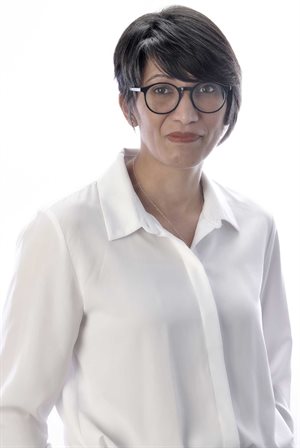
Top stories




“Our celebration of ten years of wind energy in South Africa brings us to a confluence as our industry stands ready for the next decade of growth that will be characterised as a resurgence and a period of exponential growth in our country’s energy narrative,” said Grimbeek.
To enable economic recovery, the country needs to overcome the current energy deficit to keep the wheels of industry turning and meet the needs of a growing population. To achieve this, key elements require alignment, including supportive policy and political will; rolling procurement; the ability to drive the local manufacturing sector in addition to other localisation requirements; investor confidence and access to green finance; and a sector transformation framework, and many others, which will be under discussion and scrutiny during the conference.
With COP26, the 2021 United Nations Climate Change Conference, weeks away, and the spotlight on Net Zero to 2050 economies, climate change forms part of the Windaba programme and the opening address is being delivered by Crispian Olver, executive director of the Presidential Climate Commission.
“We cannot separate wind energy from the climate change narrative since the deployment of wind and other renewable sources of energy will enable the necessary decarbonisation of the power sector, which benefits both the environment and the economy at large,” explained Grimbeek.
Grimbeek noted the industry’s recent celebration of the renewal of the Renewable Energy Independent Power Procurement Programme (REI4P) with Bid Window 5 (BW5) successfully concluded and the imminent release of BW6 and future bidding rounds as outlined by the Department of Mineral Resources and Energy (DMRE), as well as the published amendments to Schedule 2 of the Electricity Regulation Act.
“Merely two months ago, the DMRE’s lifting of the self-generation threshold to 100MW, without licensing, brings about a beginning of our country’s first free market in the energy space. So it is indeed a new season for the sector and the opportunity to deliver on the much-anticipated economic benefits for the South African economy,” she added.
This opens up the market to the private sector, signified by demand and supply, which will in essence drive investment in the energy generation sector and support economic growth, whilst diversifying generation sources away from just a single risk entity. The industry can now easily enter into power purchase agreements with private entities, especially intensive energy users which make up a significant portion of the GDP, and deliver projects quickly, which will stimulate economic recovery.
The sector, however, still has a number of challenges to overcome, one of which is the lack of grid connectivity, which needs urgent attention if the sector is to deliver the required new power generation. “If we want to be the economic catalyst, then it is important that we work alongside the grid operator to address transmission bottlenecks. It is imperative that we advocate for continued regulatory change to incentivise renewable energy generation to ensure that as we strive to achieve climate change goals and objectives and that we do so equitably,” Grimbeek noted.
The wind industry has come a long way since the launch of the South African government’s REI4P and the first bidding window in 2012. During this decade, almost 3.4GW capacity of wind power has been built, attracting over R80.5bn investment into the economy. Over 100 wind turbine technicians have been trained and have graduated; 30,000 job years have been created; and beneficiary communities across the country have been empowered.
“We are now in the position, ten years on, to leverage off lessons learnt and map the way forward for an increase in local manufacturing. We know that successful localisation hinges on a predictable and continued procurement pipeline which will require that we intensify our conversations and engagements with stakeholders, such as the Department of Trade, Industry and Competition,” concluded Grimbeek.